Cosmonautics Day celebrated at Engelhardt Observatory
As usual, 12 April was a very busy day for the Observatory employees.
The Observatory was named after Vasily Engelhardt (1828 – 1915), an astronomer who donated his high-quality astronomical instruments to the University in 1897. The instruments are carefully preserved and kept among the Observatory’s expo items.
The celebration started with a space expo which included a small exhibition of kids’ drawings on the space topic. The best works were awarded by KFU. The visitors could also tour the Observatory Museum, partake in various trivia quizzes and contests, and watch a documentary about the International Space Station. Senior students of teacher education organized an astronomy quest for schoochildren.


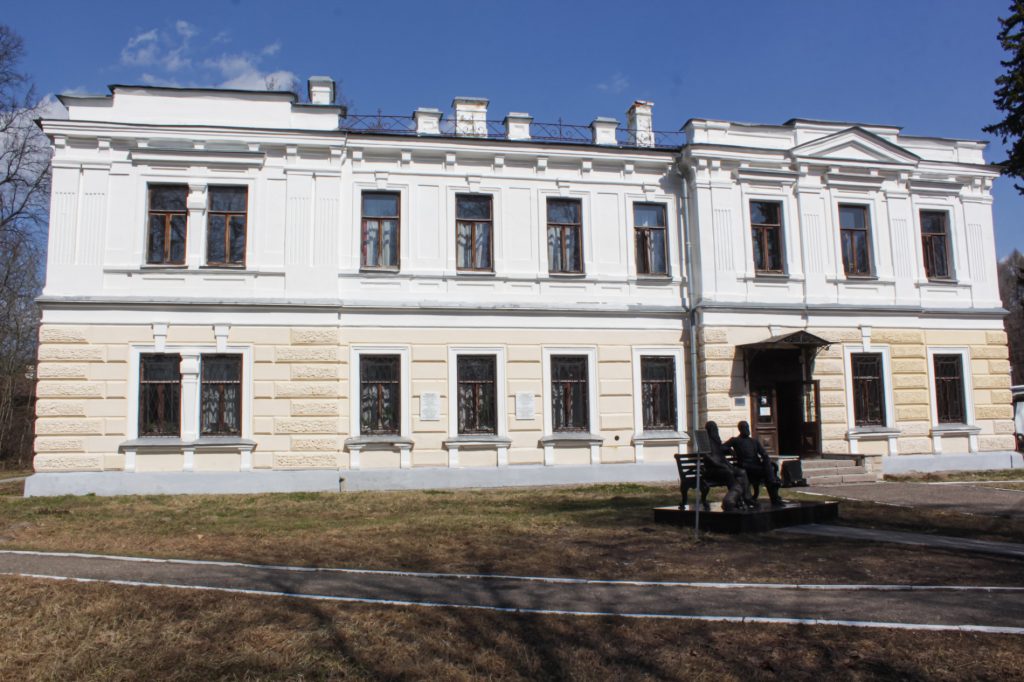
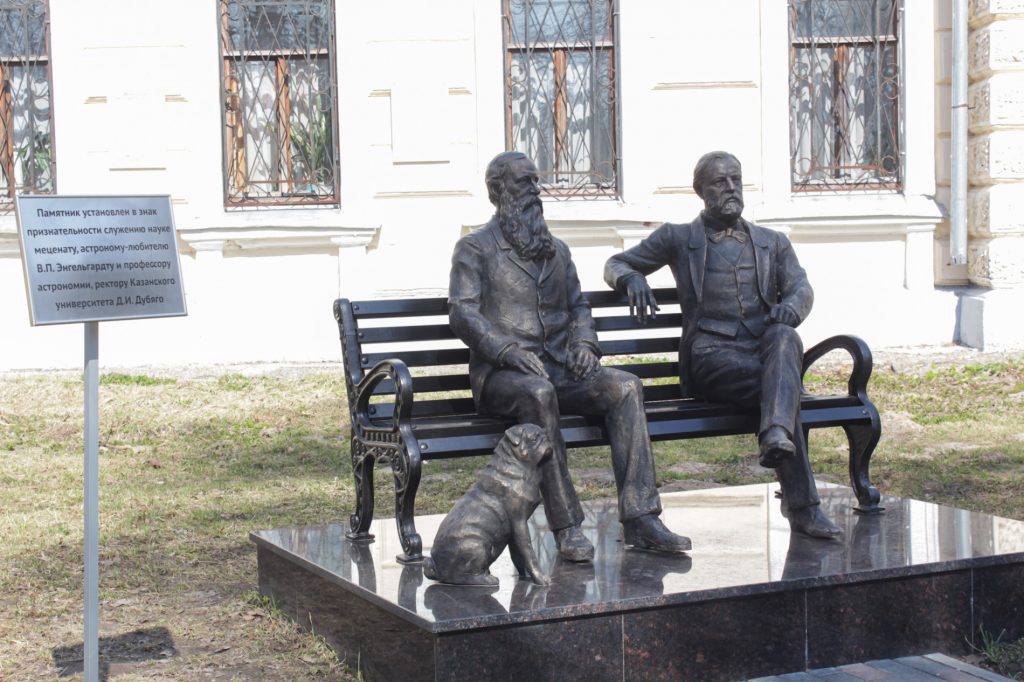
In the afternoon, Professor Yury Nefedyev, Director of the Engelhardt Observatory, presented a lecture on the history of space exploration. He spoke about famous cosmonauts, space vehicles, space stations, and much more.
The lecturer paid special attention to his research topic – the Moon. He mentioned, “Ten of the lunar craters are named after Kazanian astronomers. Notably, the Moon’s highest peak – 10,785 m – is located on the eastern slope of the Engelhardt Crater. It is named after the Observatory’s namesake and benefactor Vasily Engelhardt.”
Dr Nefedyev said that a launch of the Russian Luna-25 automatic station to the Moon surface is planned for 2023, “We were first to perform a contolled Moon landing and the first to photograph its dark side, As Aleksey Leonov [one of the first Russian cosmonauts – editor’s note] said, he was touted as a potential captain of the Soviet Union’s manned lunar expedition, but it didn’t come to be. The missions ended with Sergey Korolev‘s passing.”

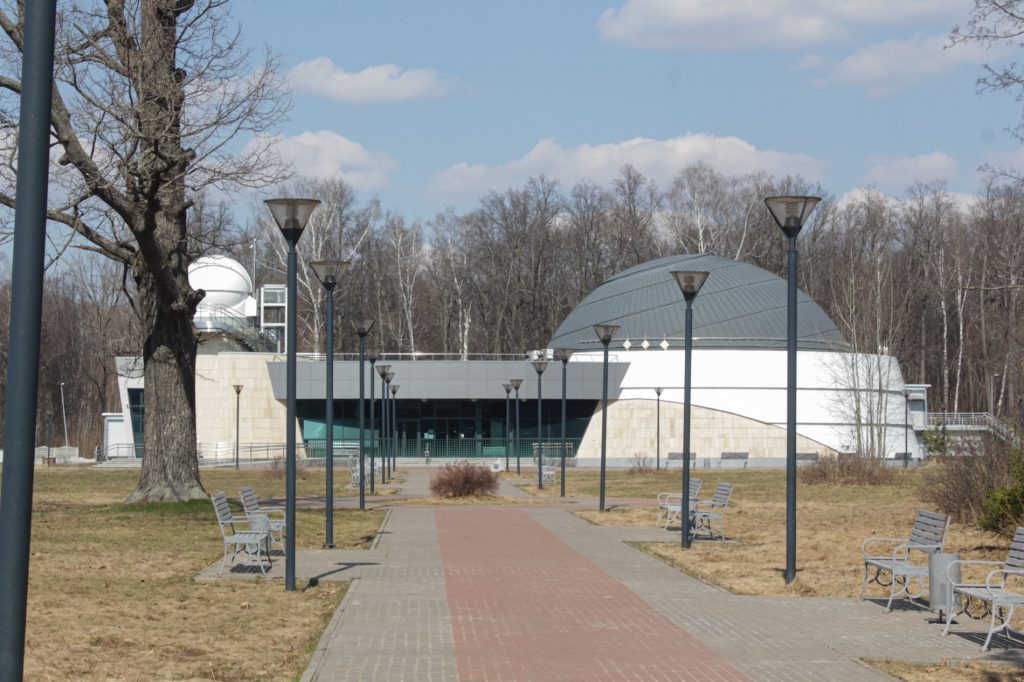
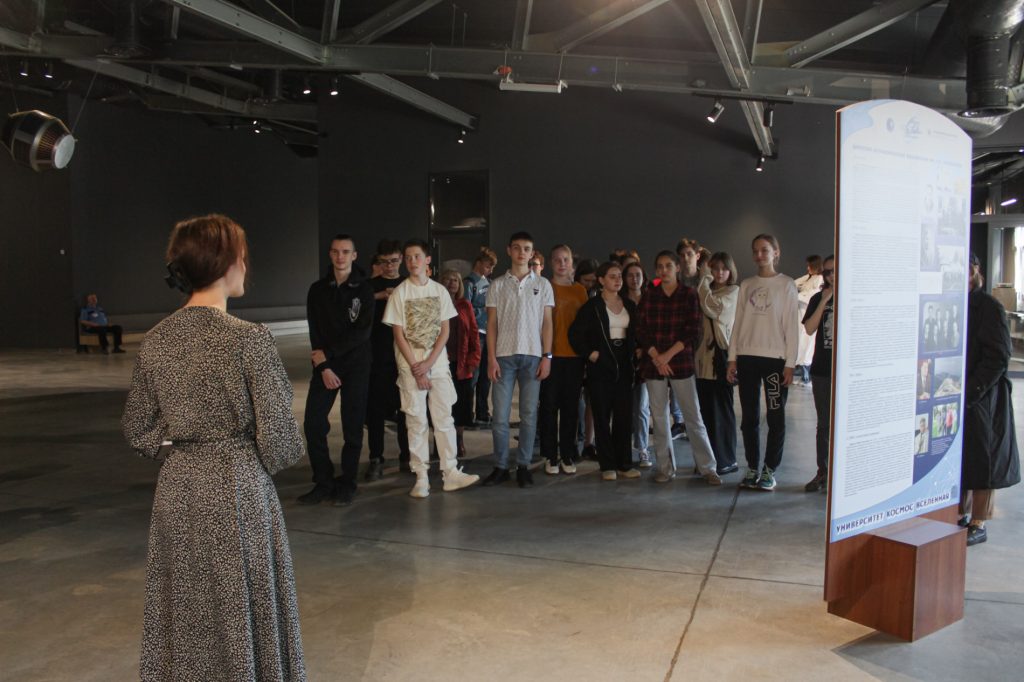
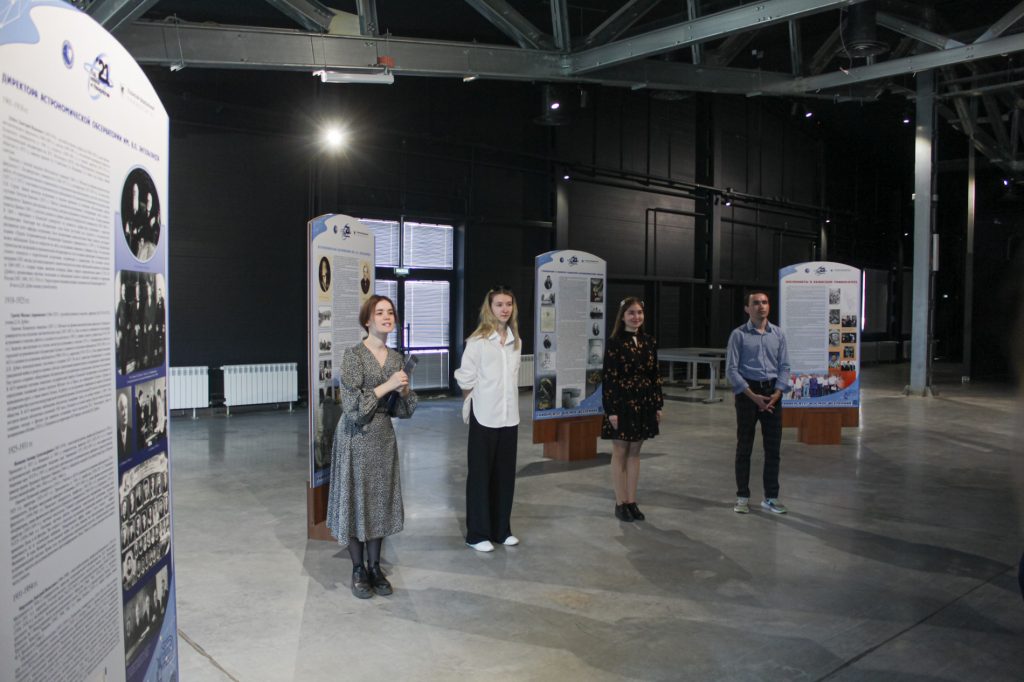
The Professor also talked about the importance of lunar exploration, “The Earth’s mineral resources are being depleted. In 20 years, we are supposed to run out of gold, zinc, and diamonds, and in 40 years – of platinum, copper, and nickel. The progress is unthinkable without all those resources – which are inalienable elements of the electronic industry. One of the option is to explore the Moon. According to estimates, it may store natural resources worth 16 quadrillion US dollars. One very important resource in abundance on the Moon is helium-3.”
In the evening, the visitors could observe celestial objects through telescopes.
The KFU Planetarium, located on the Observatory premises, was also a venue for celebrations yesterday. The Planetarium’s 3D full-dome cinema screened a documentary about the space history of Russia.

